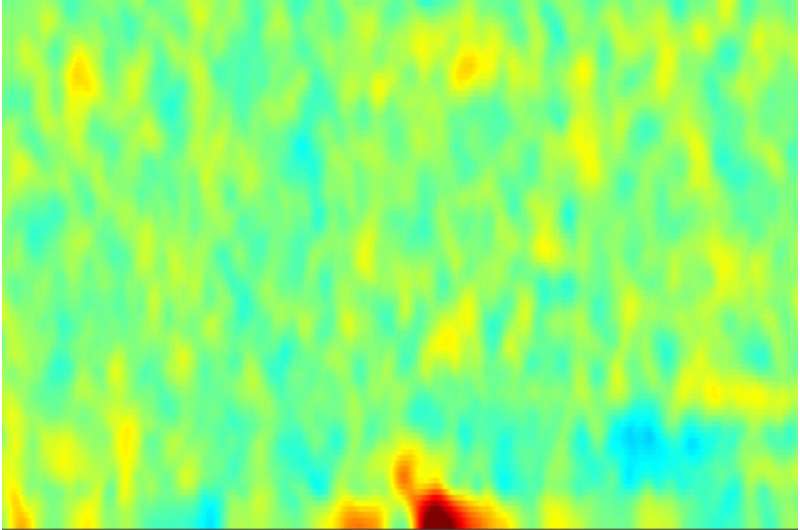This article has been reviewed according to Science X's editorial process and policies. Editors have highlighted the following attributes while ensuring the content's credibility:
fact-checked
peer-reviewed publication
trusted source
proofread
Research reveals that each brain has its own 'pain fingerprint'

New research has revealed everyone's brain has a 'pain fingerprint' that varies from person to person.
The University of Essex-led study, in collaboration with the neuroscience of pain group at the Ludwig Maximilians University of Munich, found fast-oscillating brain waves linked to brief pain and touch can differ widely in scans. These waves, called gamma oscillations, were previously thought to represent pain perception in the brain—with past research focusing on group data and overlooking individual differences, even discarding them as 'noise' in scans.
The Department of Psychology's Dr. Elia Valentini found major differences in timing, frequency and location of the gamma oscillations and incredibly some people showed no waves at all.
Dr. Valentini said, "Not only, for the first time, can we pinpoint the extreme variability in the gamma response across individuals, but we also show that the individual response pattern is stable across time."
"This pattern of group variability and individual stability may apply to other brain responses, and characterizing it may allow us to identify individual pain fingerprints in the activity of the brain."
The study, published in the Journal of Neurophysiology, was able to map patterns in participants from another lab, suggesting a replicable phenomenon. In total, data from 70 people were examined. The experiments were split into two studies with a laser used to generate pain. Overall, it was discovered that the subject's gamma waves were "remarkably stable" and created similar individual patterns when stimulated.

Interestingly, some recorded feeling pain and having no gamma response, while others had a large response. At this stage, it is not known why there is such variation—but it is hoped this will be a springboard for future research.
Dr. Valentini added, "I think we need to go back to square one because past findings on the relationship between pain and gamma oscillations do not represent all the participants."
"Unfortunately, this minority can drive the research results and lead to misleading conclusions about the functional significance of these responses."
"We don't mean for gamma oscillations not to have a role in pain perception, but we certainly won't find its true role if we keep quantifying it as we did thus far."
Dr. Valentini hopes this study will also change the way gamma oscillations are measured in other sensory domains.
More information: Elia Valentini et al, Interindividual variability and individual stability of pain- and touch-related neuronal gamma oscillations, Journal of Neurophysiology (2023). DOI: 10.1152/jn.00530.2021



















